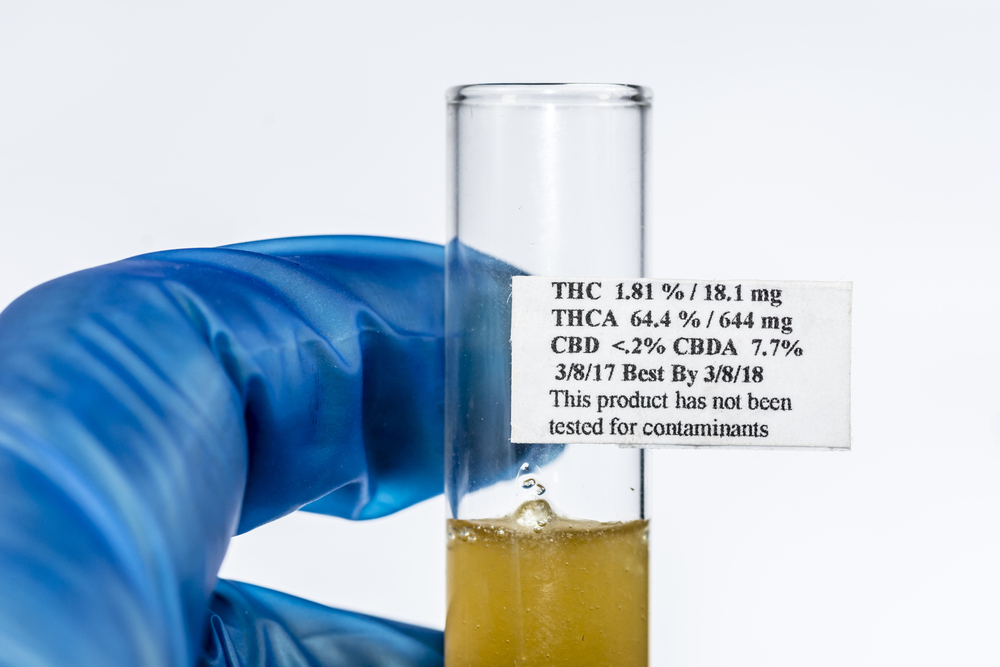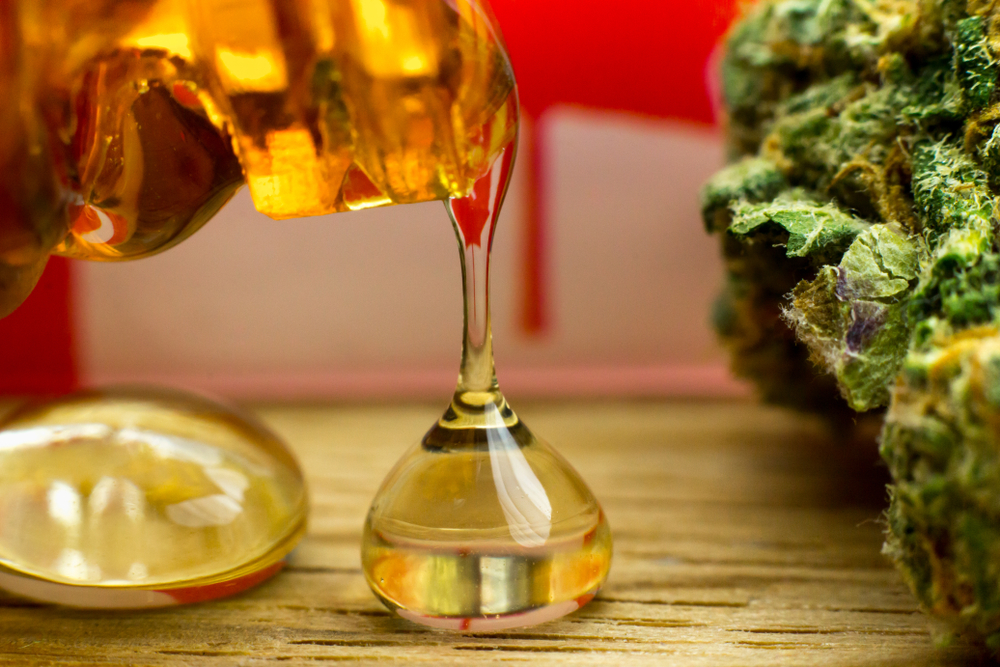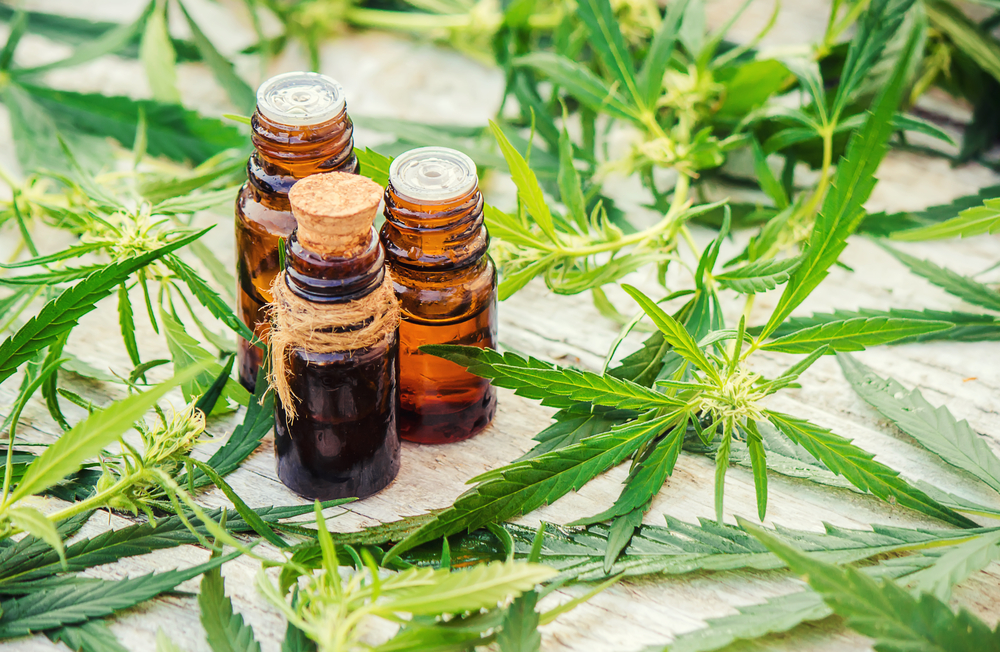Cannabis, concentrates
Interested in Winterizing Cannabis for CBD Oil?
Making cannabidiol oil from cannabis requires a lot of time, patience, and dedication. Winterizing cannabis is an important step for creating high-quality CBD oil that’s safe to use year-round and won’t have any negative side effects on the user.
Using heat or a chemical process called ethanolic extraction is necessary to remove excess sugars and chlorophyll from the plant matter in order to get rid of the green hue, bitter taste, and grassy smell found in unprocessed weed before it goes into your favorite CBD oil.
Coarsely ground cannabis leaves are ideal for winterizing cannabis because they allow more surface area for water absorption while also letting more contaminants filter out through the filter with less work.
If you were to grind it finely instead, you would end up with a mushy pulp that would take much too long to filter before using it as an infused oil or CBD hemp oil.
Read on to learn more about how you can winterize your own crop of cannabis for CBD production…
What is Winterization?
When manufacturing CBD Oil, unwanted compounds found in cannabis such as the plant’s lipids (fats) and waxes require separation for the pure CBD compound.
Scientifically speaking, winterization is a refinement technique for oil that uses solvents and cold temperatures. This process separates lipids and other compounds from oils.
This process utilizes the difference in phase transition points of different compounds (i.Melting point, boiling point etc.) to isolate specific compounds from an overall mixture.
With CBD oils, the process typically involves dissolving a non-polar cannabis oil extract in a slightly polar solvent such as ethanol and then freezing the mixture at a low temperature to chill.
The temperature shift means that compounds with higher melting points such as fats/waxes precipitate out from the solvent and isolated by filtration.The pure liquid oil extract is left.
When Would you want to Winterize Oil?
Cannabis winterization is important in creating a highly purified extract without a strong, vegetal flavour. When it comes to winterizing cannabis, there are several reasons why you would want to remove lipids and waxes.
- Fats can cause the final distillate to be less transparent, causing the oil to appear dark and murky.
- The high content of waxes and fats increase the harshness and biter taste that CBD oil has when unwinterized.
- Fats dilute the cannabinoid concentration, lowering overall efficacy and purity.
When used in products such as vape pens, fats can burn on the coil and give a burnt taste to the overall mixture.
When You Wouldn’t want to Winterize Oil

Winterization also has some disadvantages, when deciding on the composition of the final product.
The final CBD extract will contain fewer terpenes. Terpenes are organic compounds primarily responsible for aroma, taste and some therapeutic effects that are in cannabis.
Whilst they are not identical to fats, their organic structure does mean that there is a high chance that a percentage of terpenes can also precipitate at low temperatures and ultimately extracted from the final product.
The removal of terpenes results in a product that can be less aromatic and flavorful than unwinterized oils.
Terpenes provide additional health benefits that are lost from the CBD oil.
Additionally, if you don’t have the proper equipment and safety procedures in place; winterization can be a dangerous process.
For example, butane honey oil (BHO) is an extract using butane as a solvent. Using butane for cannabis extraction requires specific knowledge and extra safety measures.
BHO winterization involves removing the butane along with the undesirable fats and waxes to produce a visually appealing concentrate.
Be sure to take EXTREME CARE – butane is highly flammable, much more so than other commonly used solvents such as ethanol.
In this process, it’s important that you remove all the butane before attempting to expose the mixture to cold temperatures. If you are not following proper safety procedures, butane gas can subsequently leak and produce disastrous results.
How to Winterize CBD Oil: A Recipe
The first step of extraction separates the cannabinoids and terpenes from the cannabis plant.
Depending on the method used (Cold Ethanol Extraction, CO2 extraction or BHO extraction), this initial separation will also produce a specific amount of unwanted waxes and fats in the cannabis extract.
Winterization involves dissolving this “raw” extract in a solvent such as ethanol, which is then heated to allow the solvent to evaporate. Using ethanol, a temperature of around 78oC will suffice. Once fully evaporated, the solution needs to be frozen for between 24-48 hours below -20C.
At cold temperatures, compounds in the mixture with a higher melting point, specifically the unwanted fats and waxes. This will precipitate from the solution.
After this step, the resulting alcohol solution needs a filter to remove the precipitate. A typical method use’s vacuum filtration using a filter paper to extract the solution. This leaves behind the resulting filter of unwanted material.
The extraction and refinement can be repeated several times until an oil of desired purity is obtained.
Winterizing Cannabis for CBD Oil – Cannabis Winterization

Now that you know what the winterization process is and how to do it. It’s time to take matters into your own hands and start refining your own extracts!
At the same time, it’s important to keep in mind whether or not your concentrate will benefit from winterization. As well as having the proper equipment and safety precautions in place.


We stumbled over here different web address and thought I may as well check things out.
I like what I see so now i am following you. Look forward to exploring
your web page for a second time.